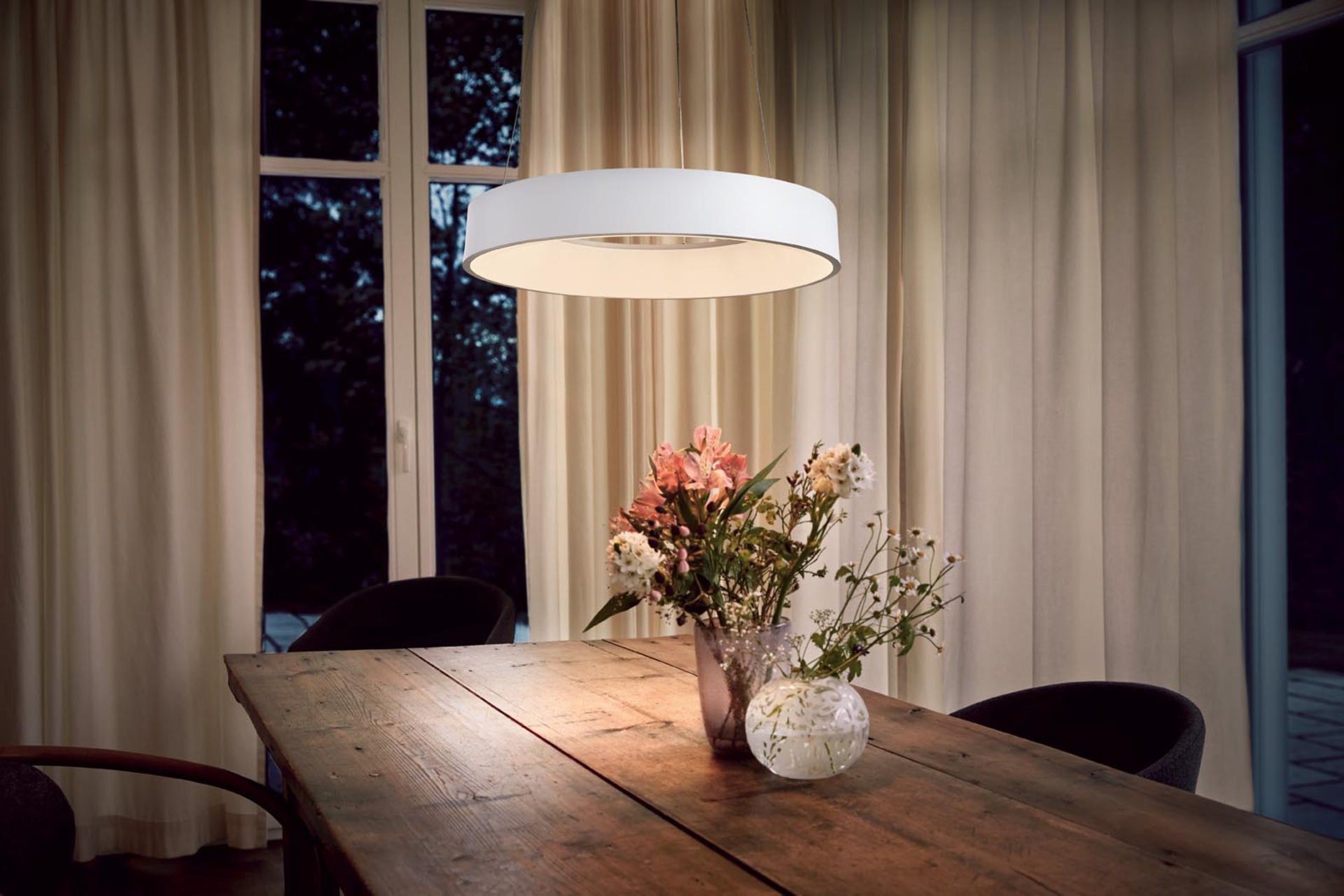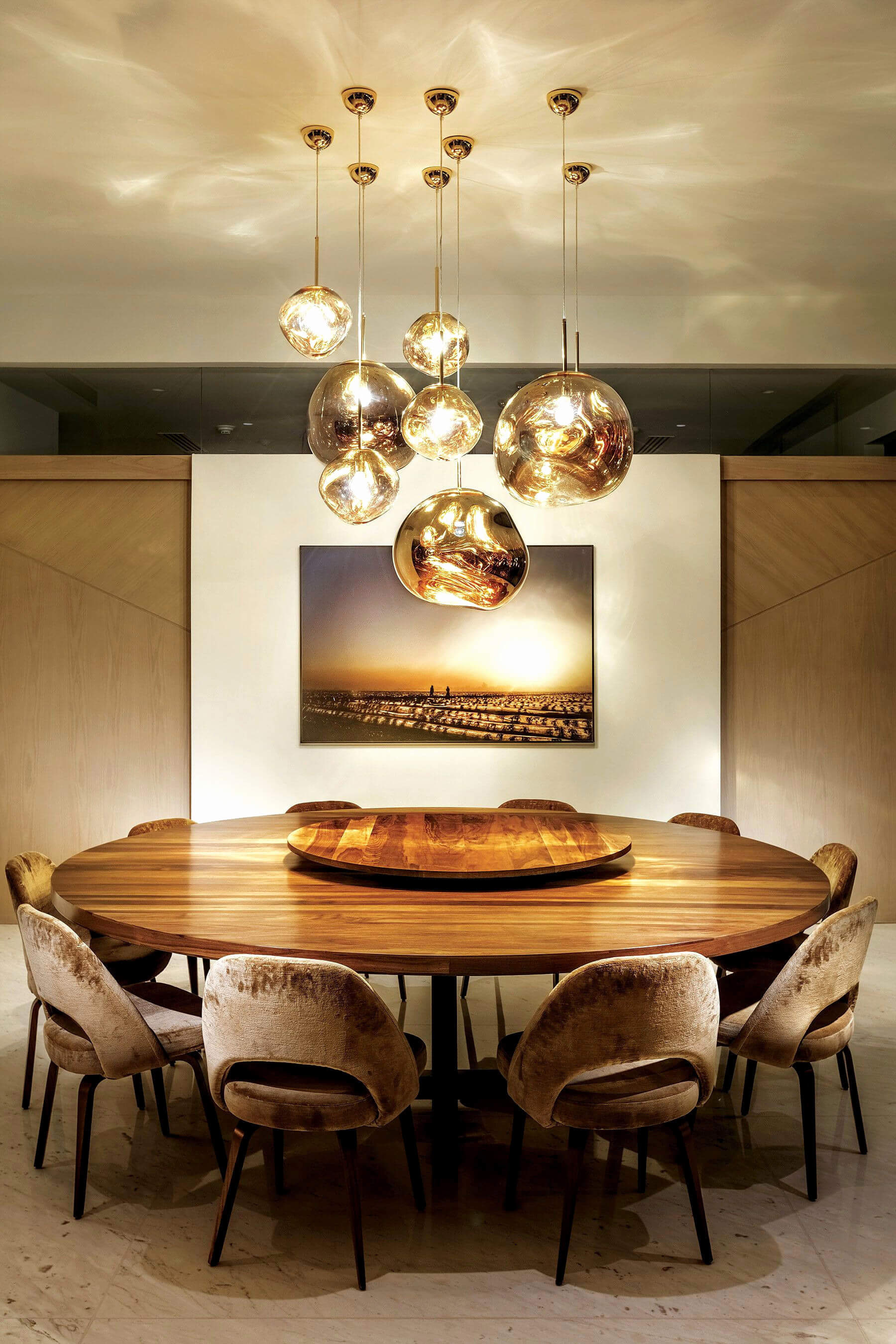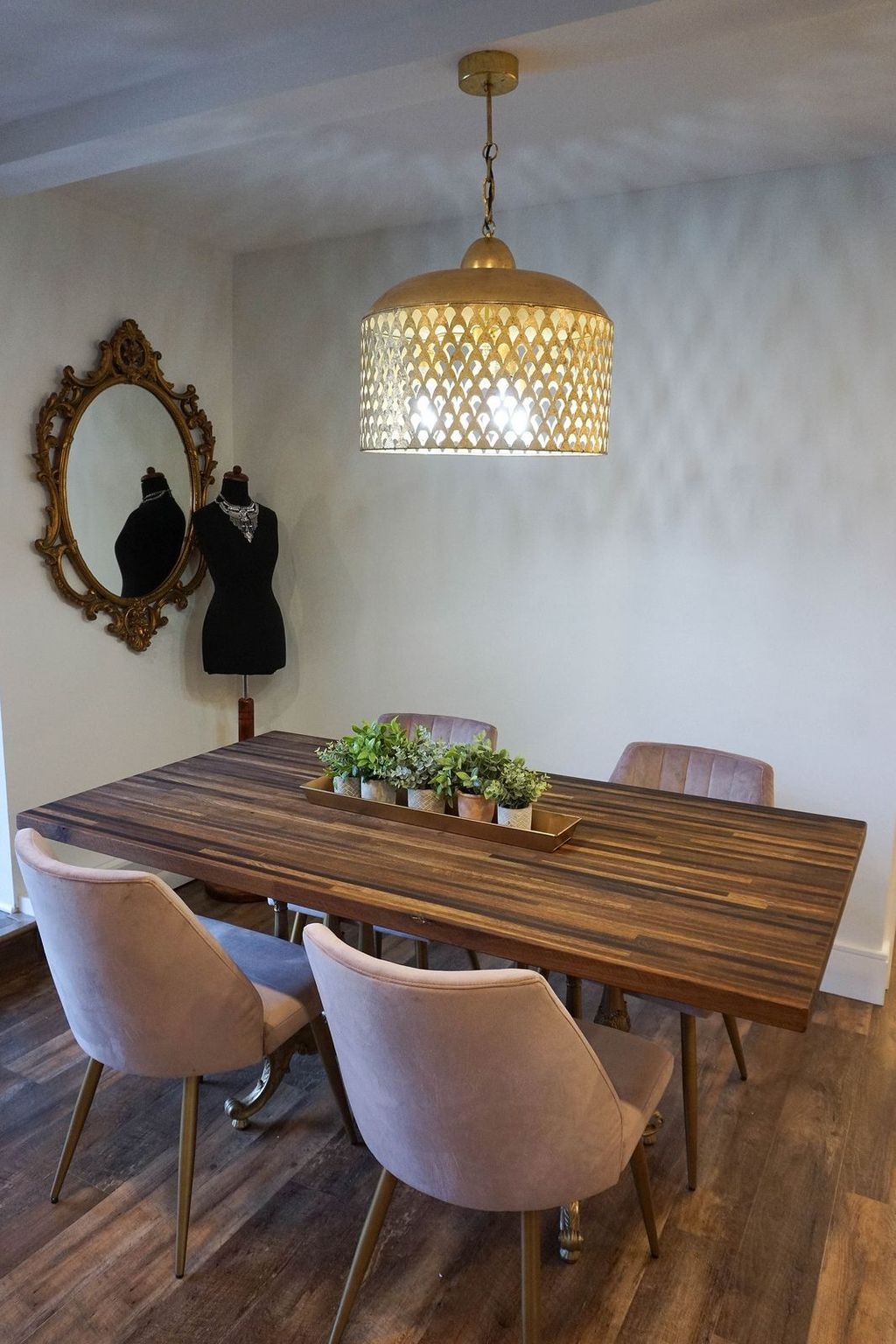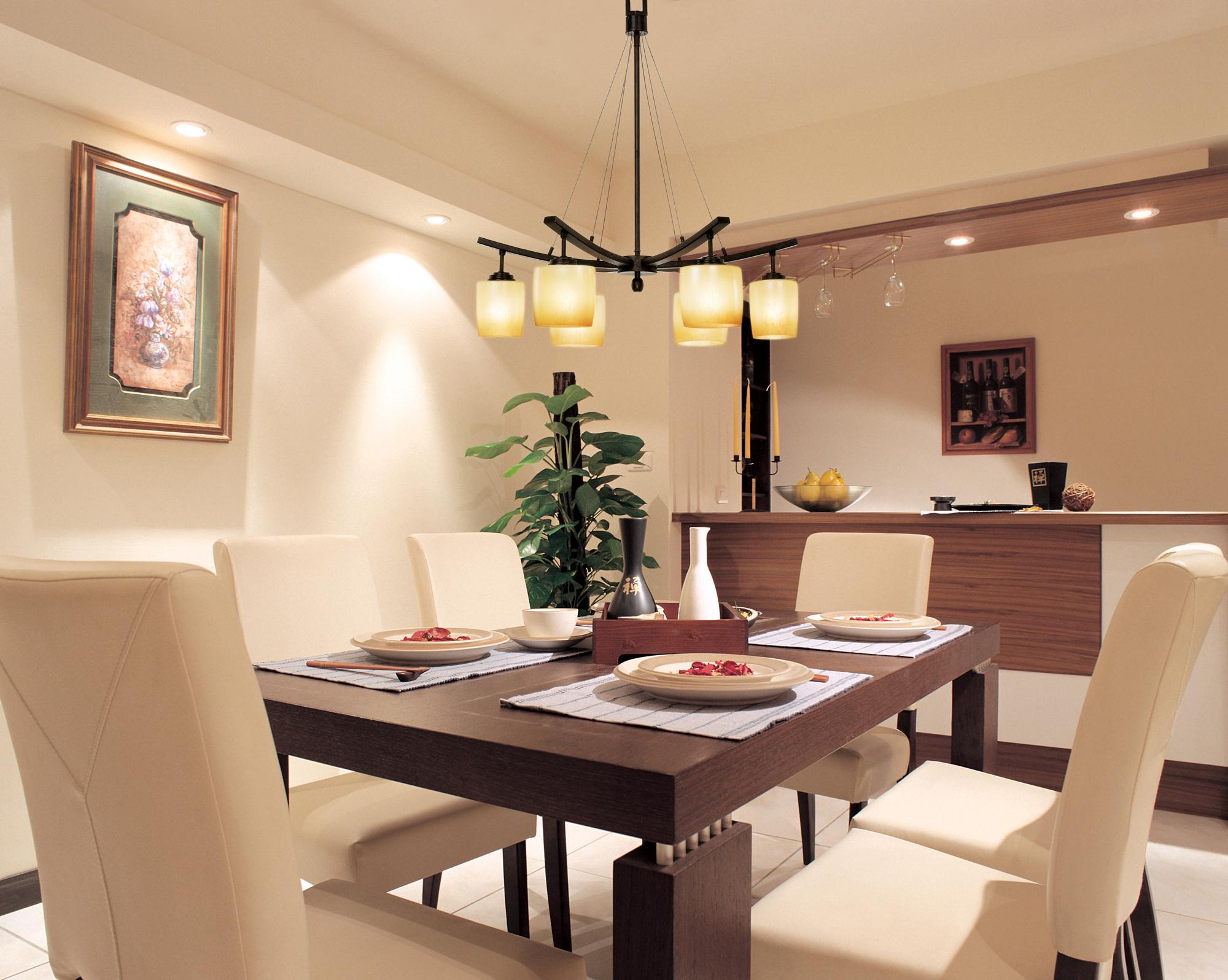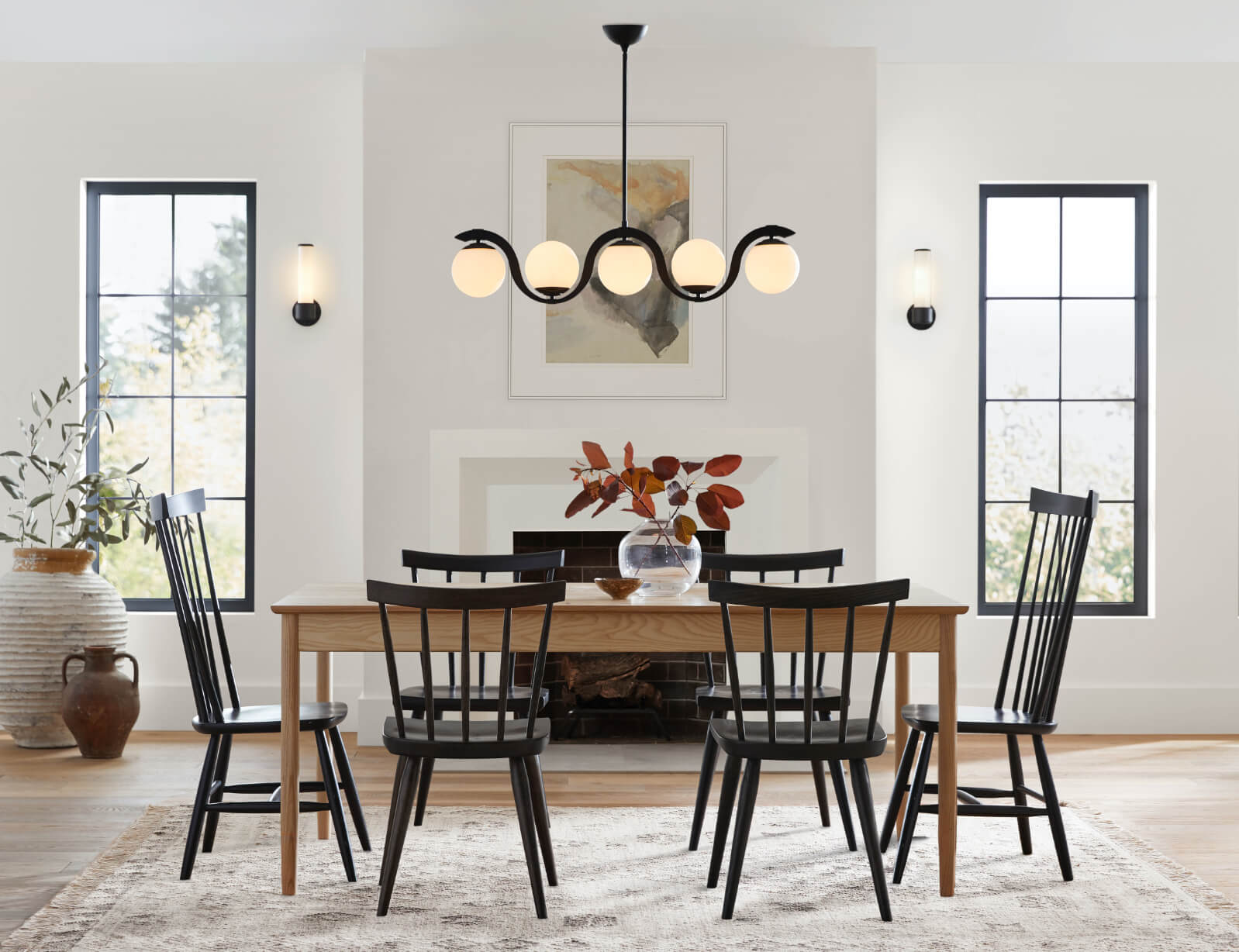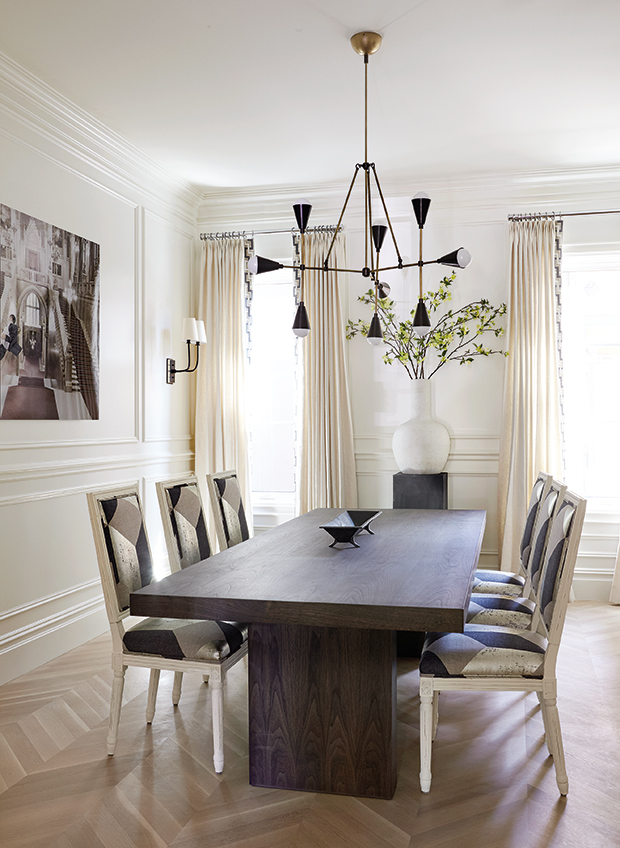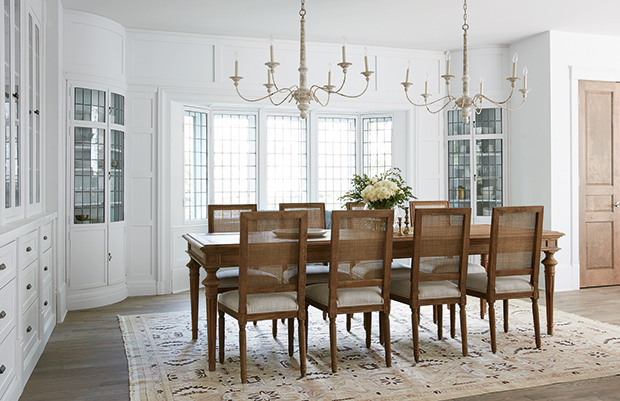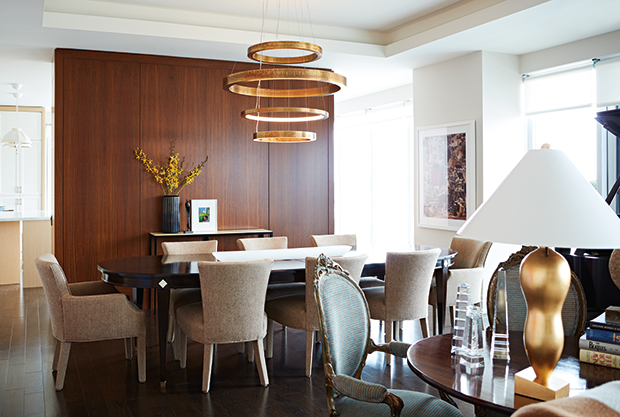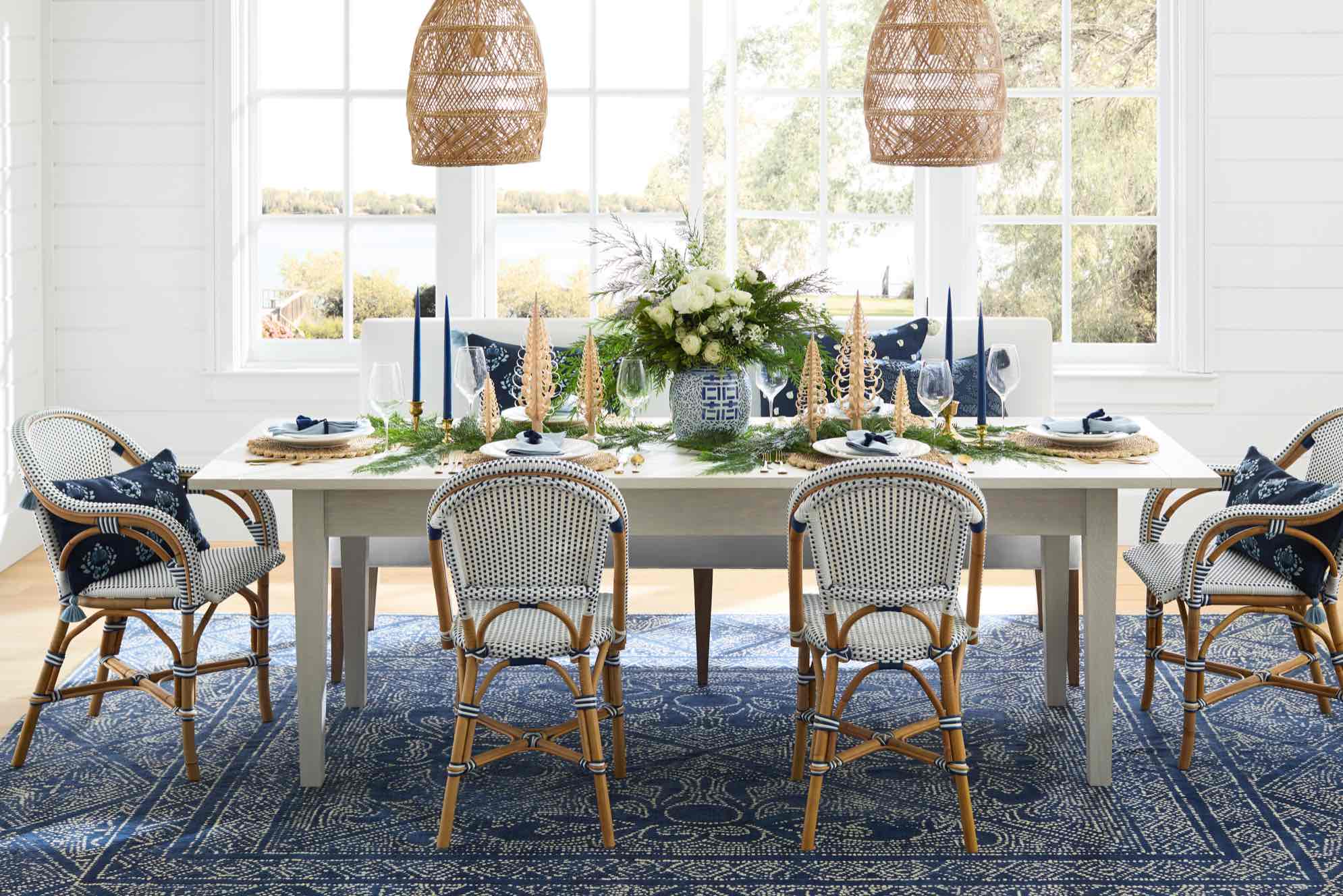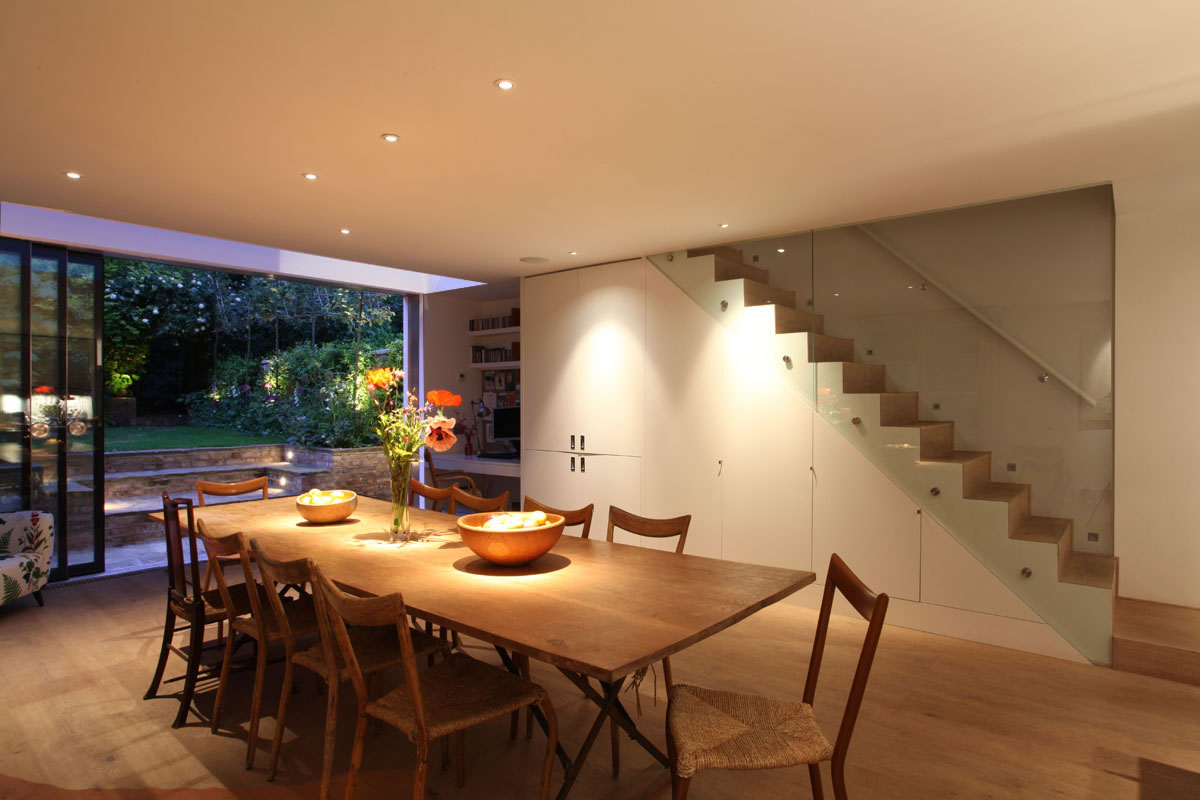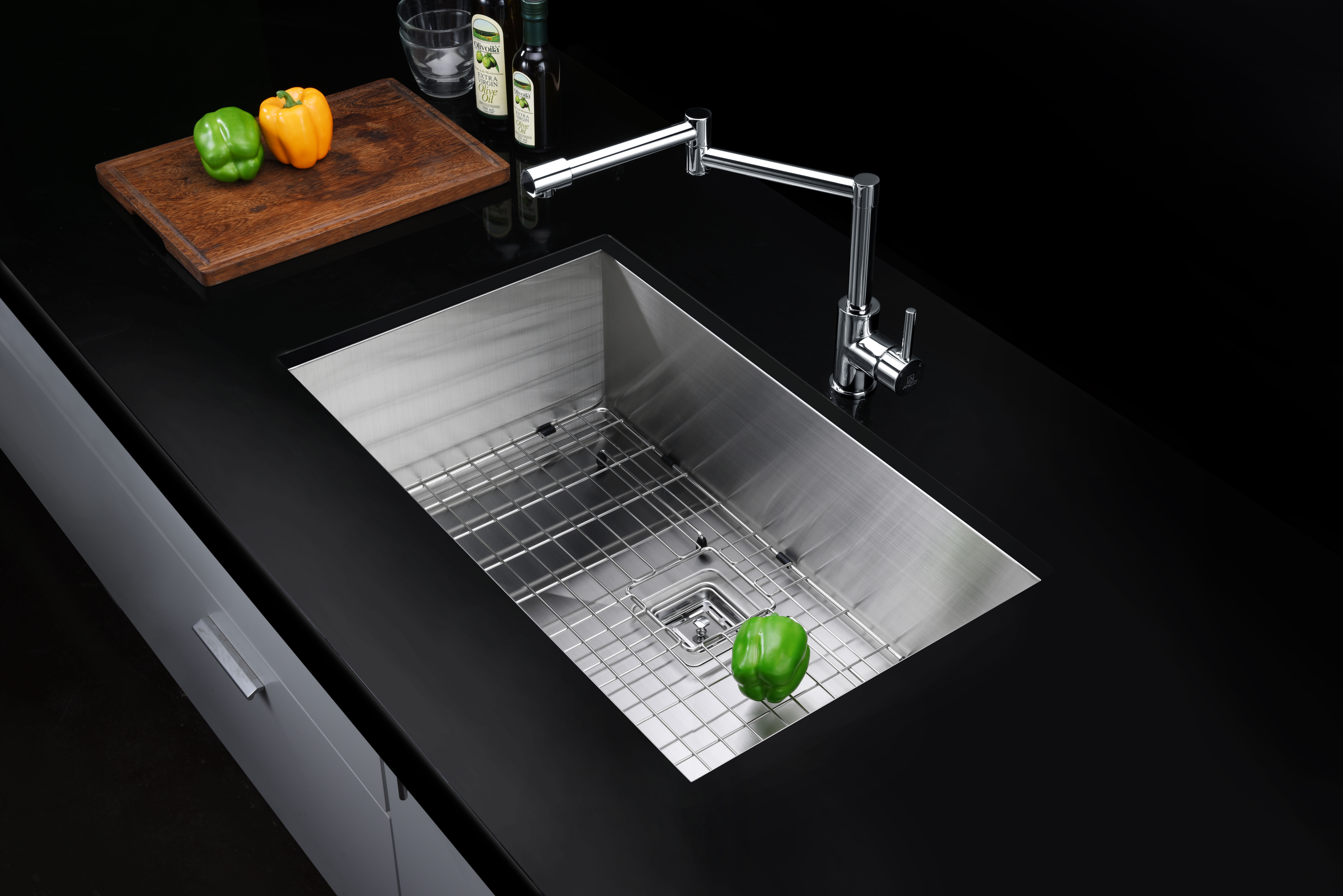When it comes to designing and decorating a dining room, lighting is a crucial factor to consider. Not only does it provide illumination for dining and other activities, but it also sets the mood and ambiance of the space. One of the key decisions to make when choosing the right dining room lighting is whether to go for daylight or soft white. Let's take a closer look at these two options and see which one is best for your dining room.Daylight Vs Soft White Dining Room
Natural light, also known as daylight, refers to the light that comes from the sun. It is considered the most ideal form of lighting as it provides a healthy dose of vitamin D and has a positive effect on our mood. In contrast, artificial light, also known as soft white, is produced by electric sources such as light bulbs. It is designed to mimic the warm, yellowish glow of natural light.Natural Light Vs Artificial Light Dining Room
Daylight and soft white both have their own unique qualities that can benefit a dining room. Daylight is known for its brightness and ability to make a space feel more open and airy. It is perfect for creating a bright and energizing atmosphere, which is great for morning meals or gatherings with friends and family. On the other hand, soft white provides a warm and cozy feel, making it ideal for evening dining and intimate gatherings.Bright Vs Warm Dining Room
The temperature of light refers to its color appearance and is measured in Kelvin (K). Daylight typically has a higher temperature, ranging from 5000K to 6500K, while soft white has a lower temperature of 2700K to 3000K. This difference in temperature results in a cooler, bluish tone for daylight and a warmer, yellowish tone for soft white.Light Temperature Dining Room
When choosing between daylight and soft white for your dining room, it is important to consider the purpose of the space and the desired ambiance. If your dining room is used for everyday meals and activities, then daylight may be the better option as it provides a brighter and more energizing light. However, if your dining room is primarily used for entertaining and relaxation, soft white can create a cozy and inviting atmosphere.Choosing the Right Lighting for Dining Room
In terms of design, daylight and soft white can also have different effects on the overall look of a dining room. Daylight tends to make colors appear more vibrant and true to life, making it a great choice for showcasing colorful decor or artwork. Soft white, on the other hand, can add a warm and intimate feel to a space, making it perfect for creating a cozy dining area.Daylight Vs Soft White for Dining Room
Another important consideration when choosing between daylight and soft white is the source of the light. While natural light is free and provides numerous health benefits, it is not always consistent and can be affected by weather conditions. On the other hand, artificial light can be controlled and regulated to create a specific ambiance, but it does require electricity and can increase energy costs.Natural Vs Artificial Light for Dining Room
When comparing daylight and soft white for dining room lighting, it ultimately comes down to personal preference and the specific needs of the space. Daylight is great for bright and energizing spaces, while soft white creates a warm and cozy atmosphere. It is also important to consider the temperature and source of light when making a decision.Dining Room Lighting Comparison
In reality, the best lighting for a dining room may be a combination of both daylight and soft white. By incorporating different types of lighting, such as overhead lighting, table lamps, and natural light, you can create a dynamic and versatile dining room that can cater to different activities and moods.Best Lighting for Dining Room
When designing the lighting for your dining room, here are a few tips to keep in mind:Dining Room Lighting Tips
The Benefits of Natural Daylight in Your Dining Room

Enhances Mood and Well-Being
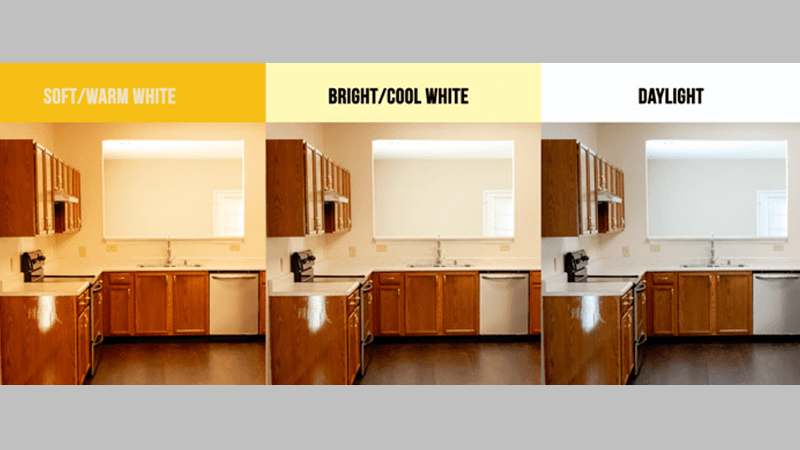 Natural daylight has a significant impact on our mood and overall well-being. It has been proven to improve concentration, productivity, and even sleep quality. When it comes to your dining room, having ample natural light can create a warm and inviting atmosphere, making it the perfect space for family meals, gatherings, and even work or study sessions. Exposure to natural light also increases the levels of serotonin, a hormone that helps regulate our emotions and promotes a sense of happiness and calmness.
Natural daylight has a significant impact on our mood and overall well-being. It has been proven to improve concentration, productivity, and even sleep quality. When it comes to your dining room, having ample natural light can create a warm and inviting atmosphere, making it the perfect space for family meals, gatherings, and even work or study sessions. Exposure to natural light also increases the levels of serotonin, a hormone that helps regulate our emotions and promotes a sense of happiness and calmness.
Creates Visual Interest
 Incorporating natural daylight into your dining room design can add a layer of visual interest and depth to the space. The changing patterns of light and shadows throughout the day can create a dynamic and lively atmosphere, making your dining room more aesthetically pleasing. This can be especially beneficial if you have a simple or minimalist dining room design, as natural light can add texture and dimension to the space without overwhelming it.
Incorporating natural daylight into your dining room design can add a layer of visual interest and depth to the space. The changing patterns of light and shadows throughout the day can create a dynamic and lively atmosphere, making your dining room more aesthetically pleasing. This can be especially beneficial if you have a simple or minimalist dining room design, as natural light can add texture and dimension to the space without overwhelming it.
Saves Energy and Money
:max_bytes(150000):strip_icc()/SPR-soft-white-vs-daylight-bulbs-7152760-17f48efdc5c14e78b8707e0decce21c9.jpg) Another advantage of utilizing natural daylight in your dining room is the potential for energy and cost savings. By relying on natural light during the day, you can reduce your dependence on artificial lighting, which can significantly decrease your energy bills. Additionally, natural light is free, making it a sustainable and budget-friendly option for illuminating your dining room. Investing in large windows, skylights, or glass doors can pay off in the long run by reducing your energy consumption.
Another advantage of utilizing natural daylight in your dining room is the potential for energy and cost savings. By relying on natural light during the day, you can reduce your dependence on artificial lighting, which can significantly decrease your energy bills. Additionally, natural light is free, making it a sustainable and budget-friendly option for illuminating your dining room. Investing in large windows, skylights, or glass doors can pay off in the long run by reducing your energy consumption.
Brings the Outdoors In
 Having natural daylight in your dining room not only adds to the overall aesthetic, but it also creates a connection to the outdoors. Being able to see the natural landscape outside can provide a sense of tranquility and relaxation, making your dining experience more enjoyable. Plus, natural light can enhance the colors and textures of your interior decor, bringing a touch of nature into your dining room.
In conclusion, incorporating natural daylight into your dining room design has numerous benefits, from improving mood and well-being to saving energy and enhancing the overall aesthetic. So, the next time you're considering the lighting options for your dining room, don't overlook the power of natural light. It can truly transform your dining space into a warm, inviting, and visually appealing area for all to enjoy.
Having natural daylight in your dining room not only adds to the overall aesthetic, but it also creates a connection to the outdoors. Being able to see the natural landscape outside can provide a sense of tranquility and relaxation, making your dining experience more enjoyable. Plus, natural light can enhance the colors and textures of your interior decor, bringing a touch of nature into your dining room.
In conclusion, incorporating natural daylight into your dining room design has numerous benefits, from improving mood and well-being to saving energy and enhancing the overall aesthetic. So, the next time you're considering the lighting options for your dining room, don't overlook the power of natural light. It can truly transform your dining space into a warm, inviting, and visually appealing area for all to enjoy.
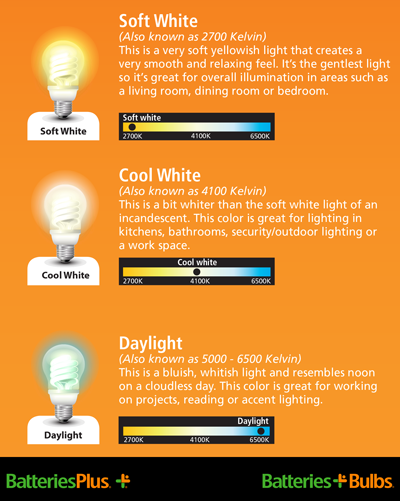




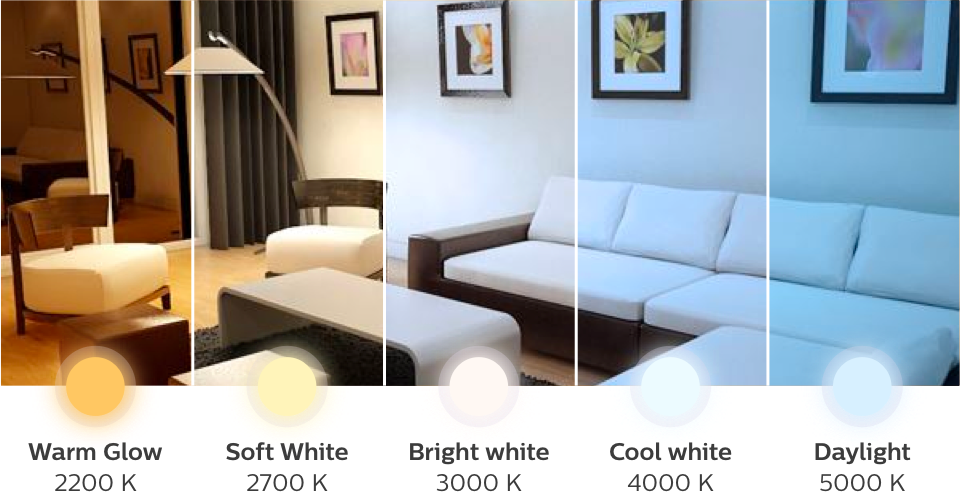
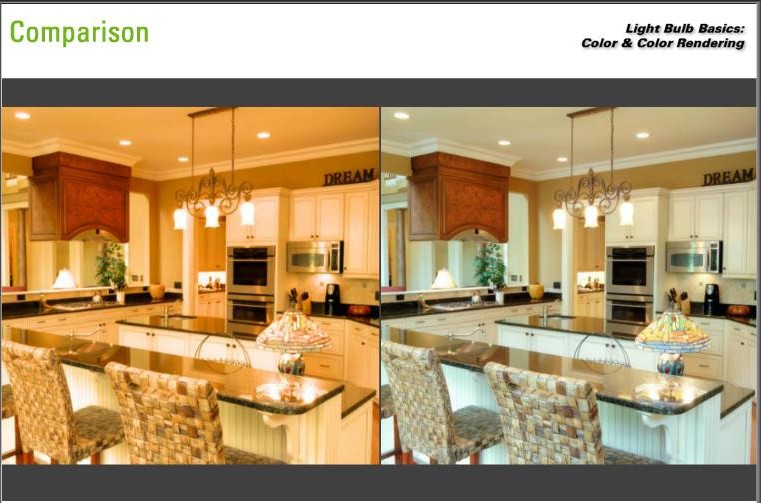

.jpg?format=1500w)


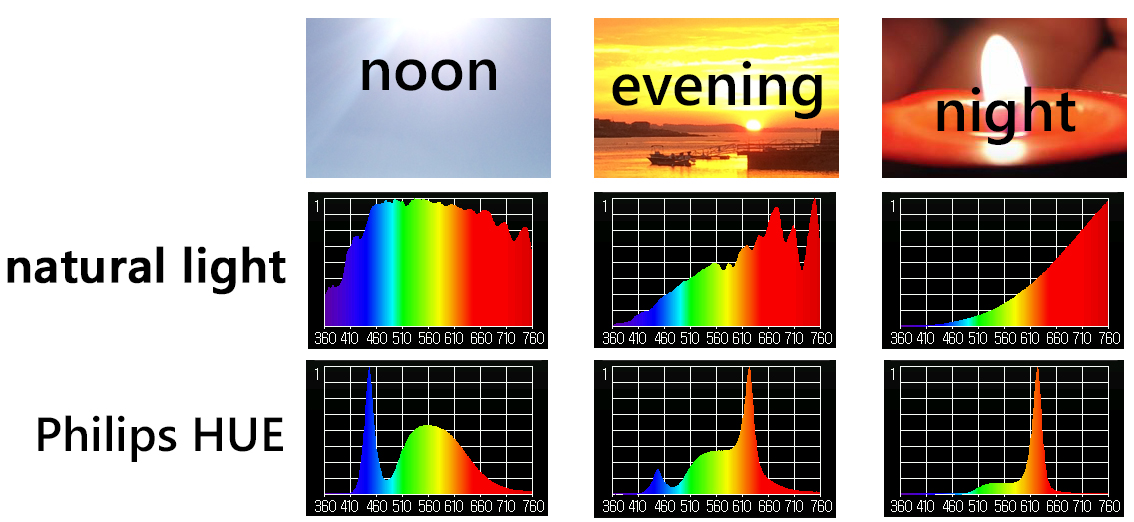


















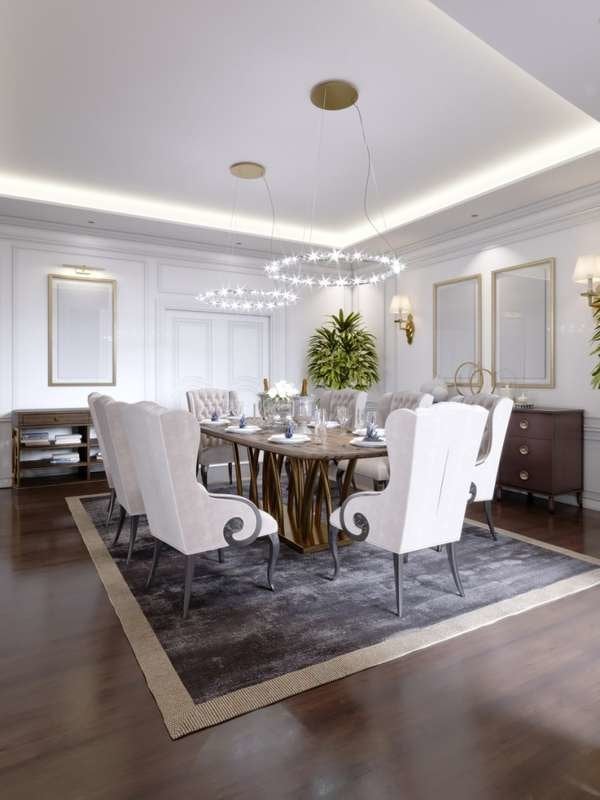
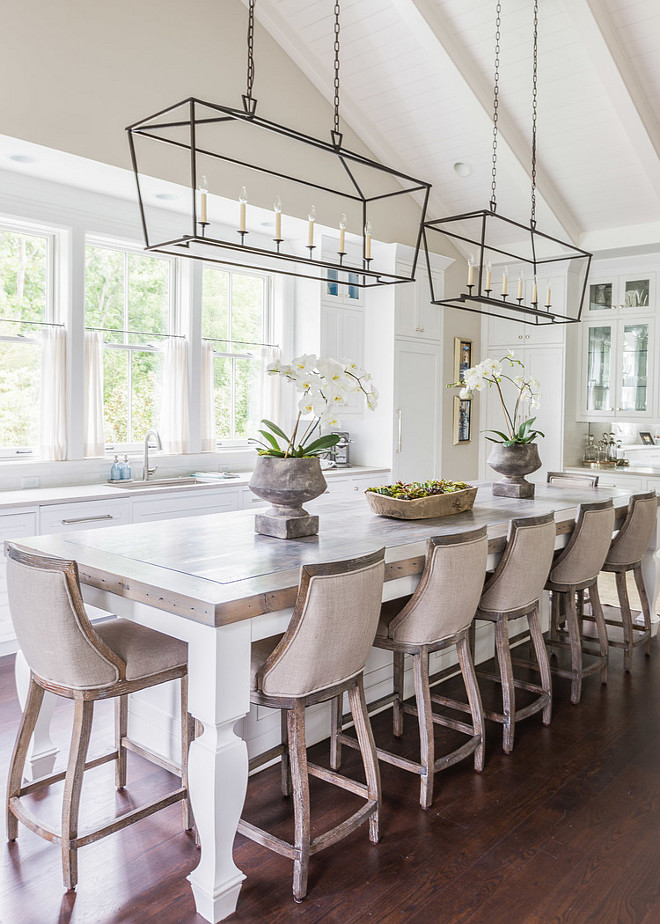
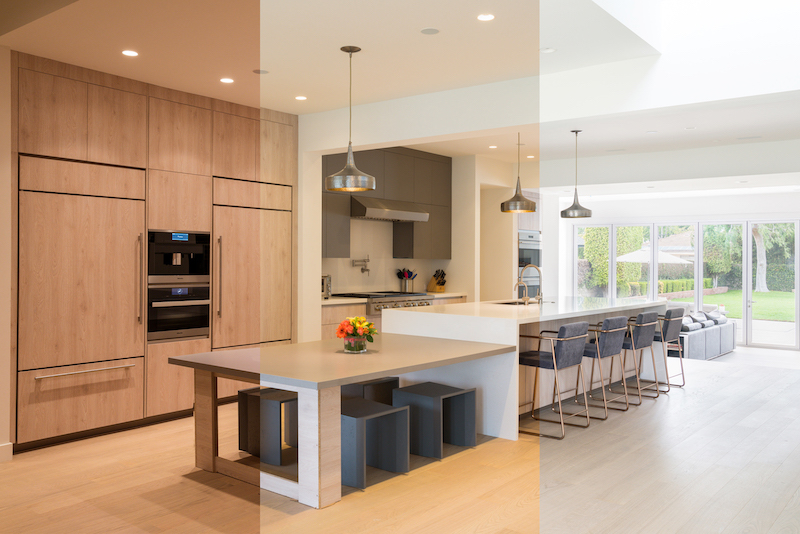

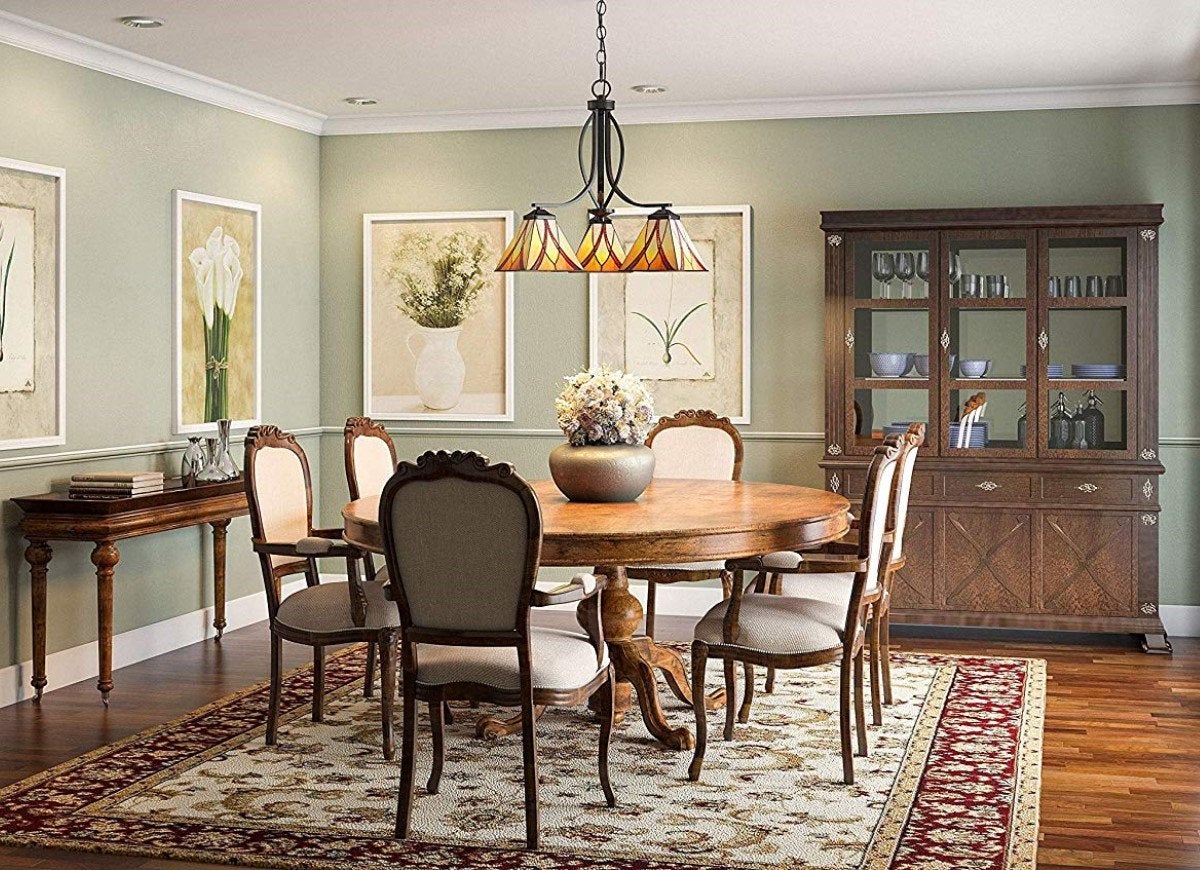


/fin-27-sputnick-light-fixture-5a51622a5b6e2400374955c3.jpg)



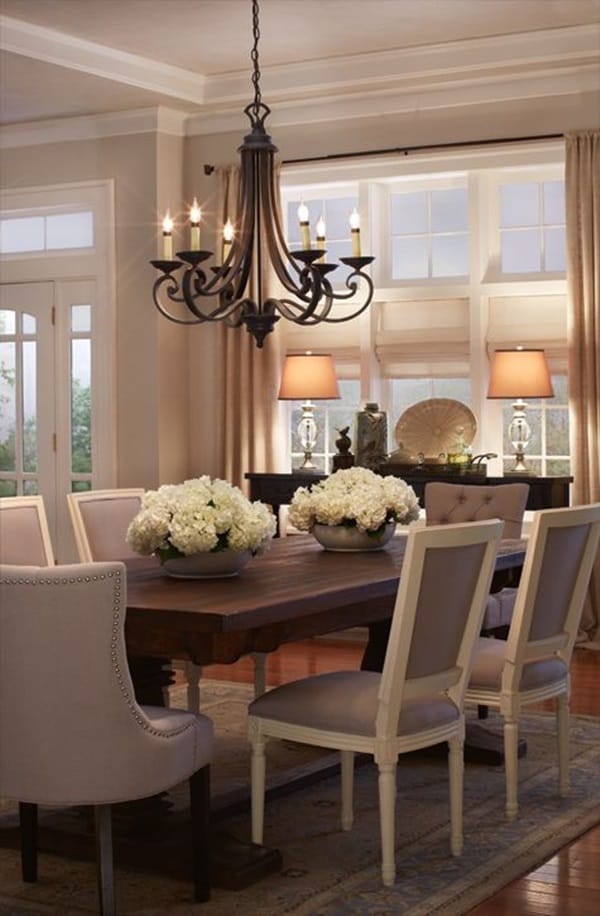
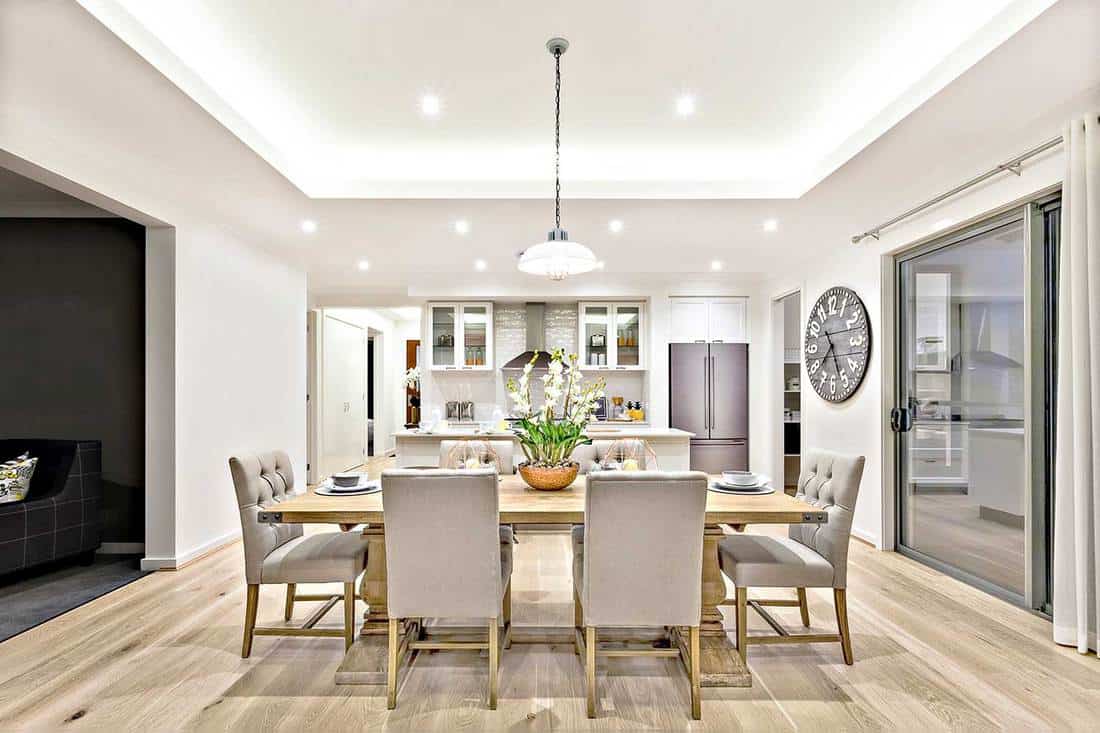


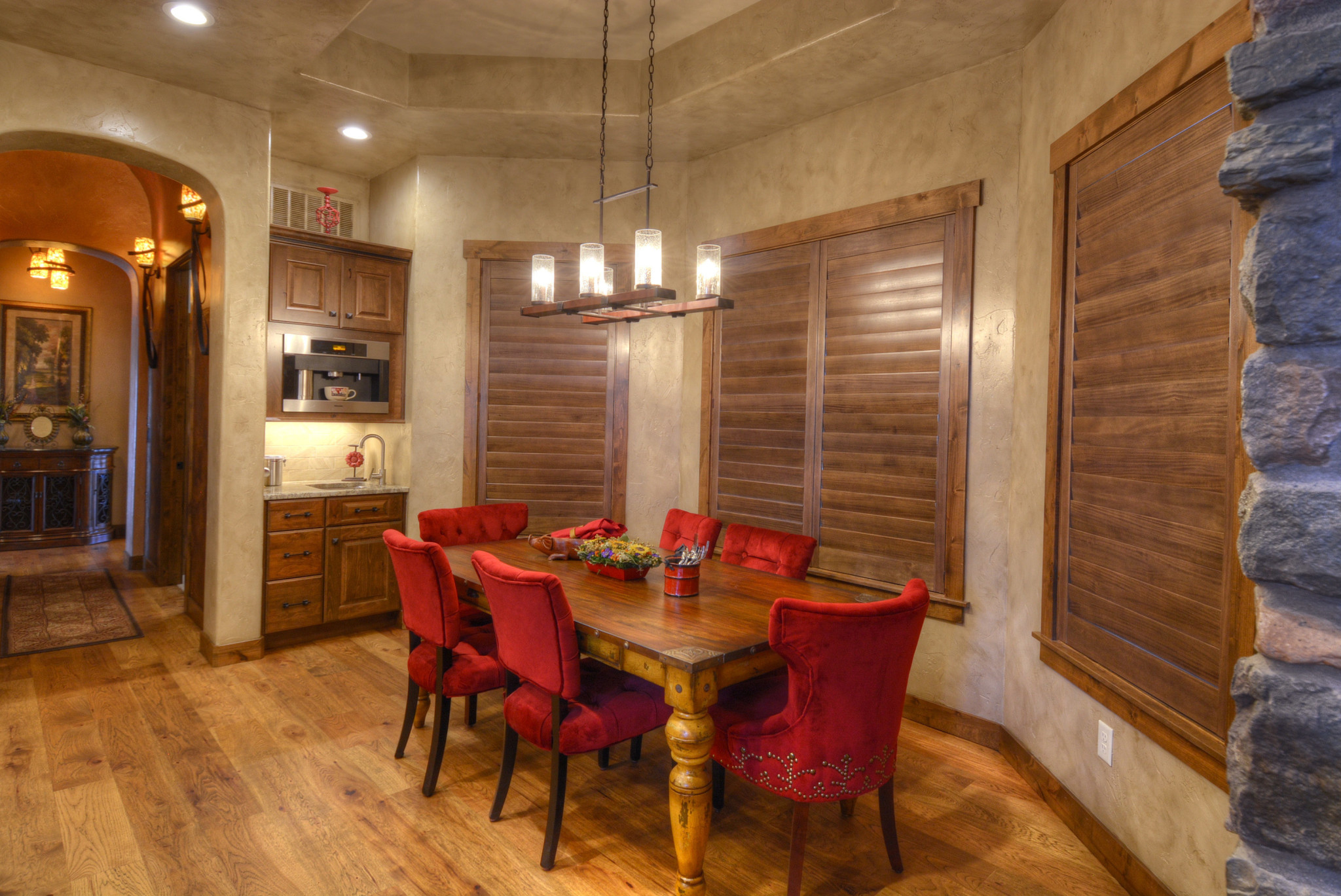








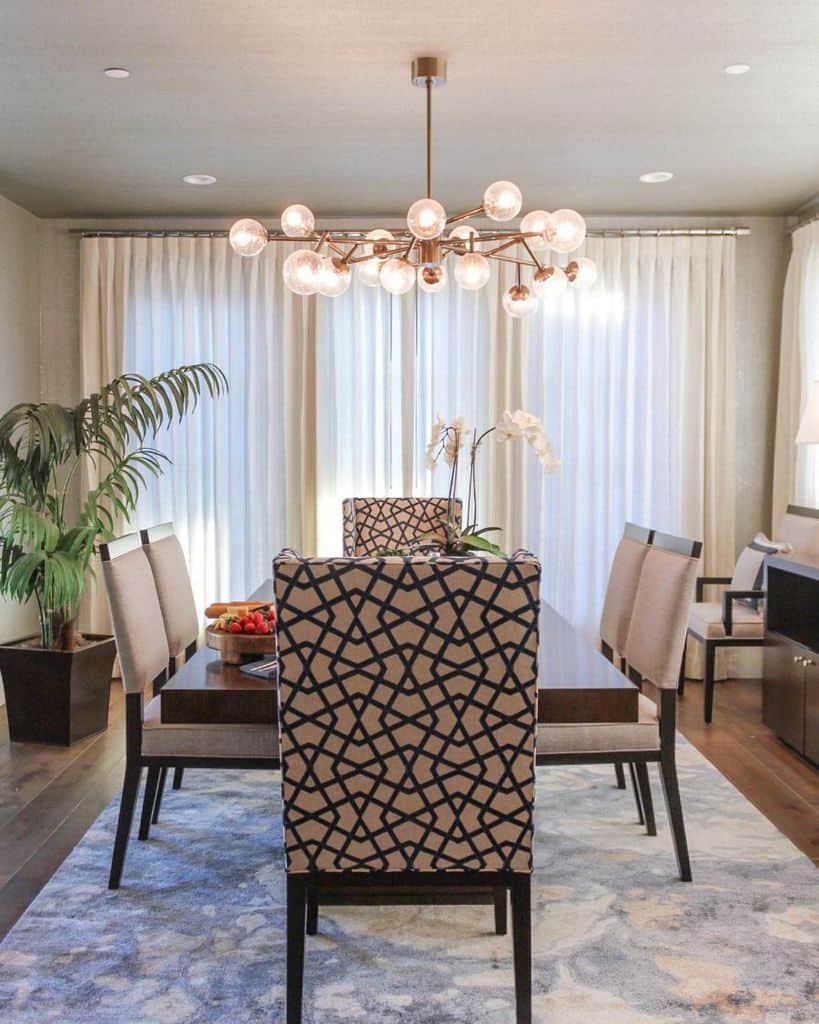
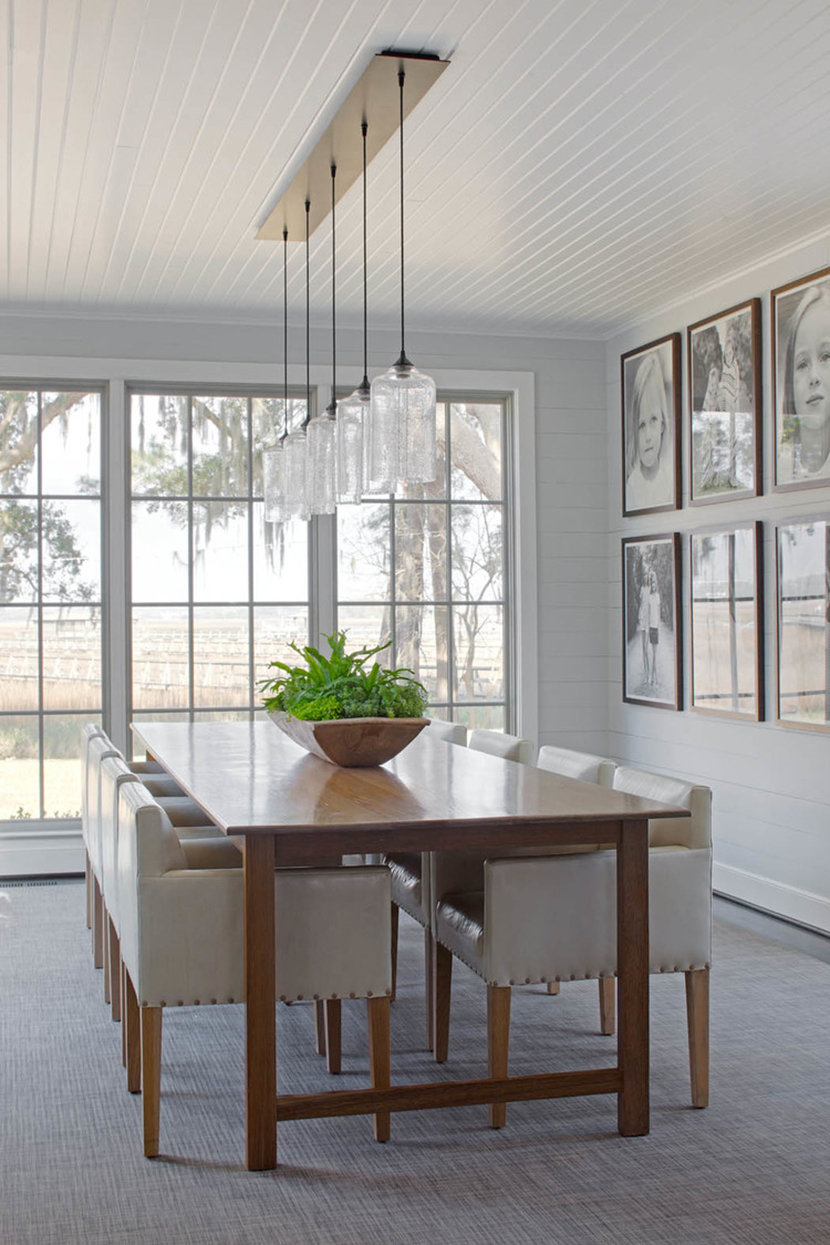

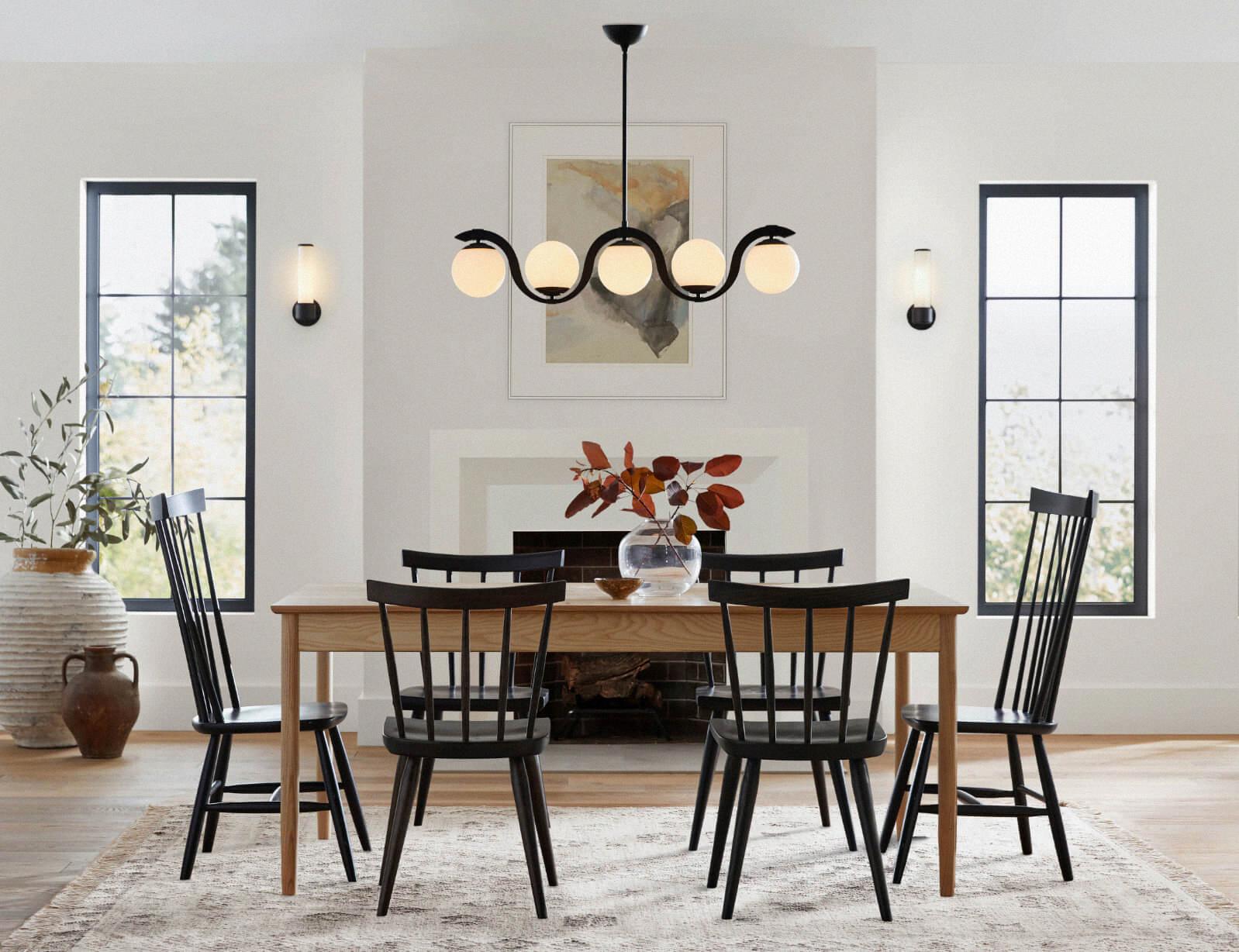

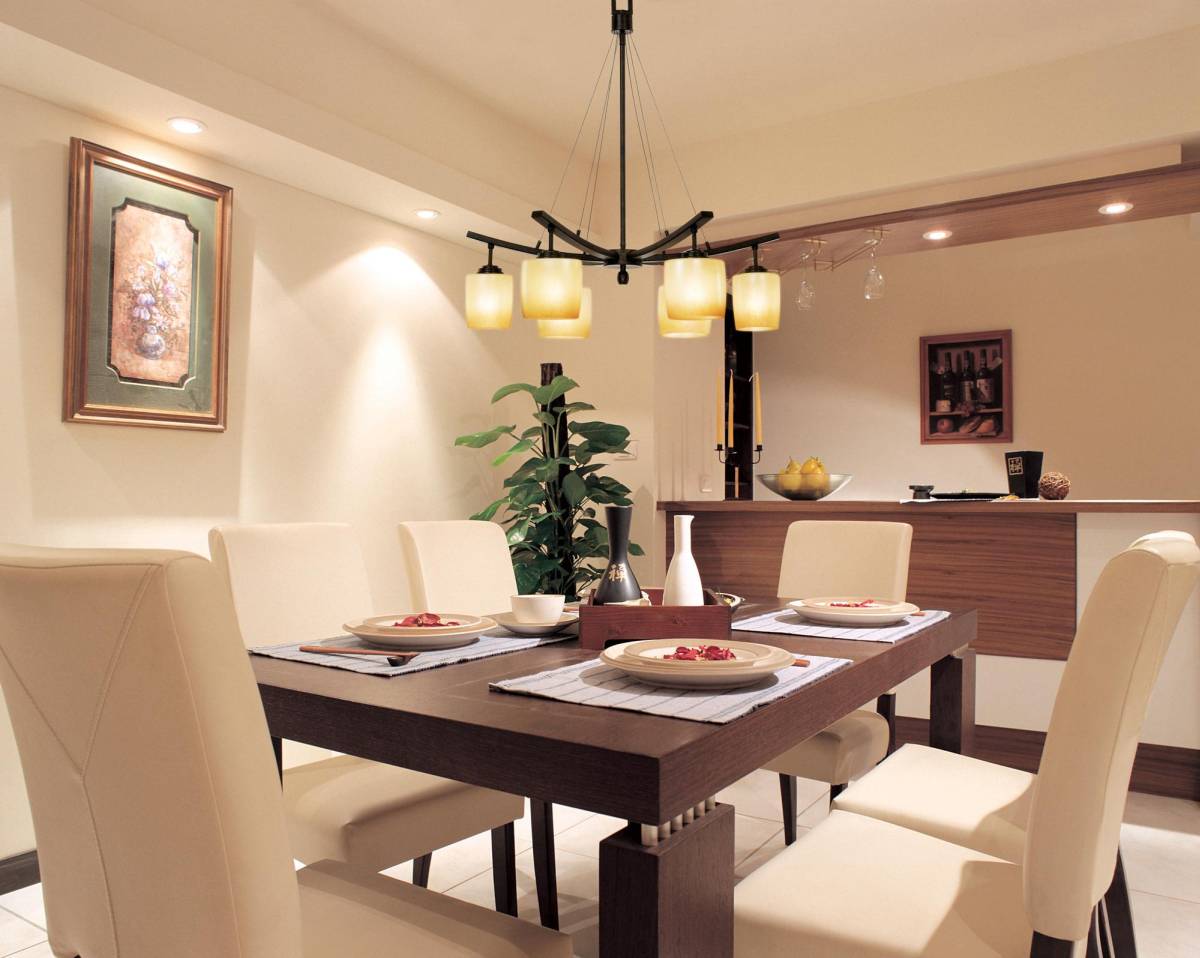


/dining-room-lighting-4157465-hero-28e9226fa7fb4f7e9f86a062ff22111c.jpg)
